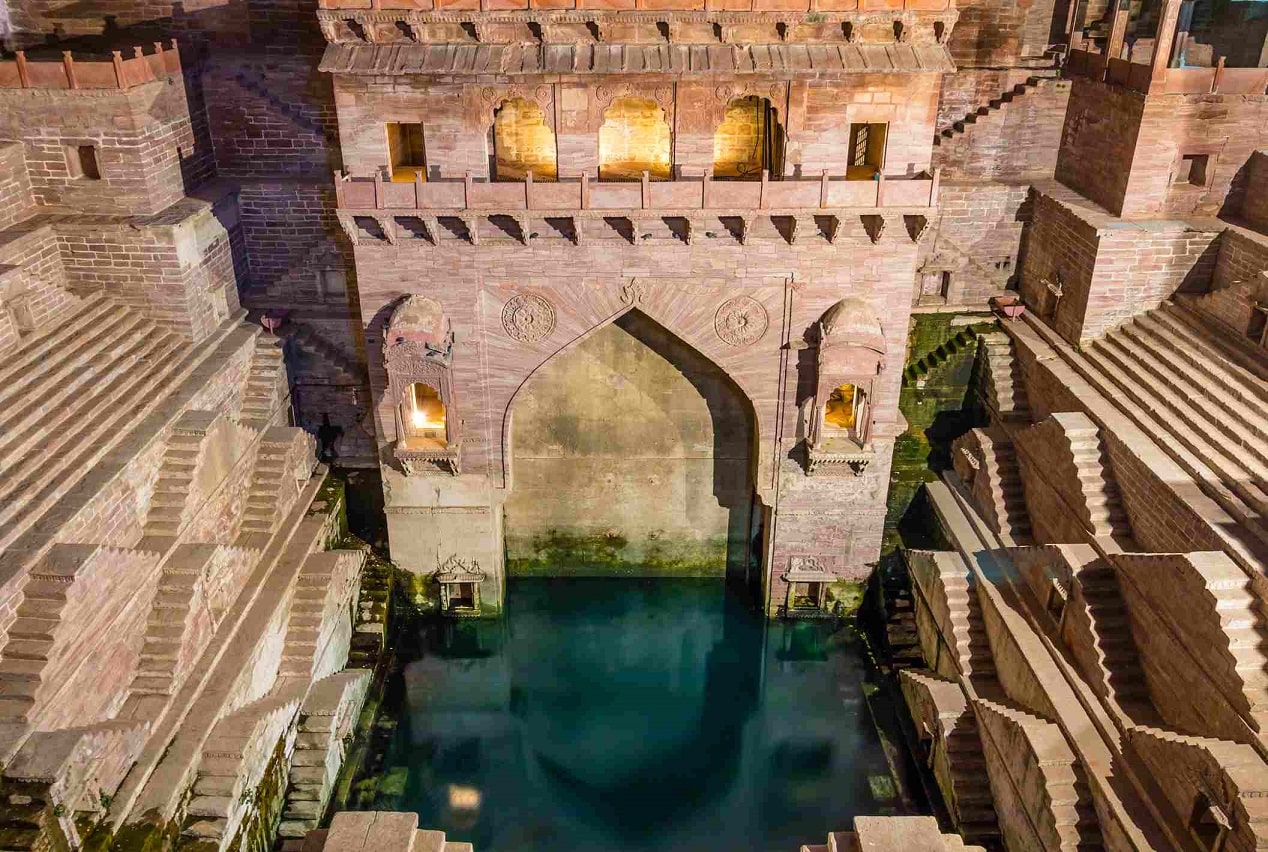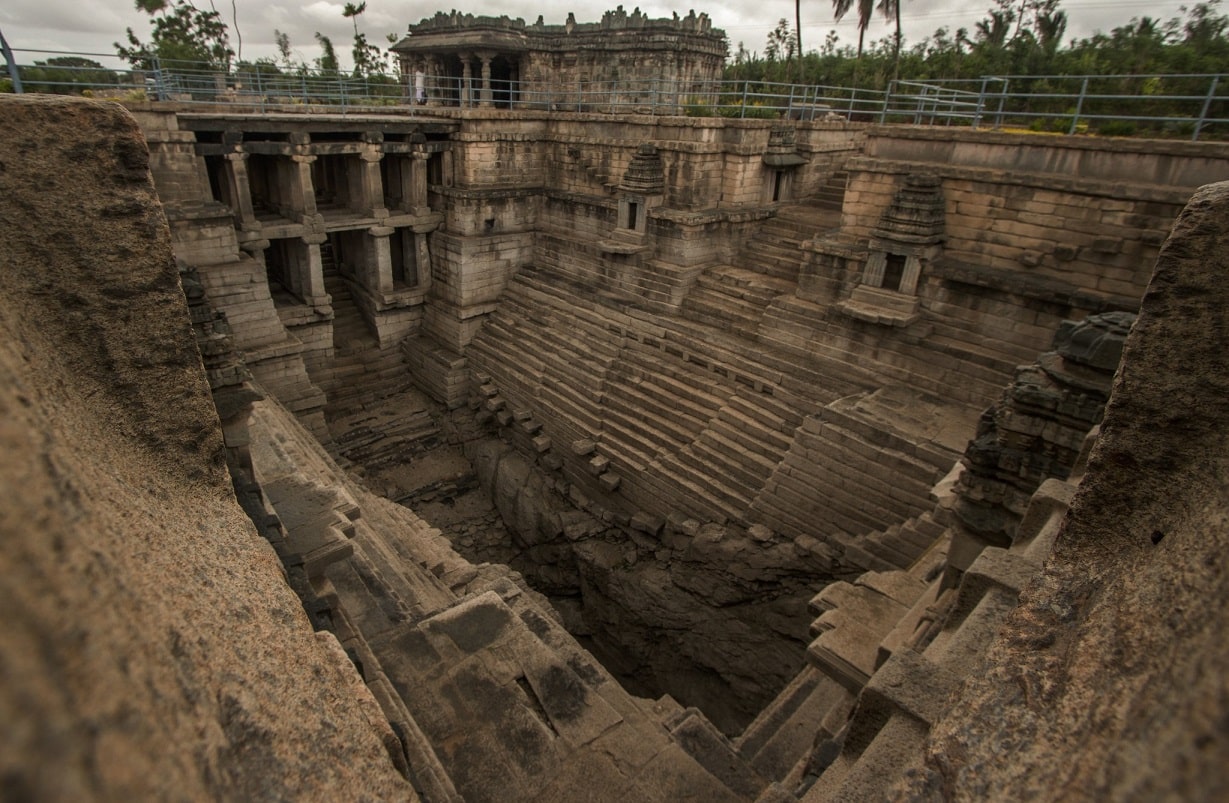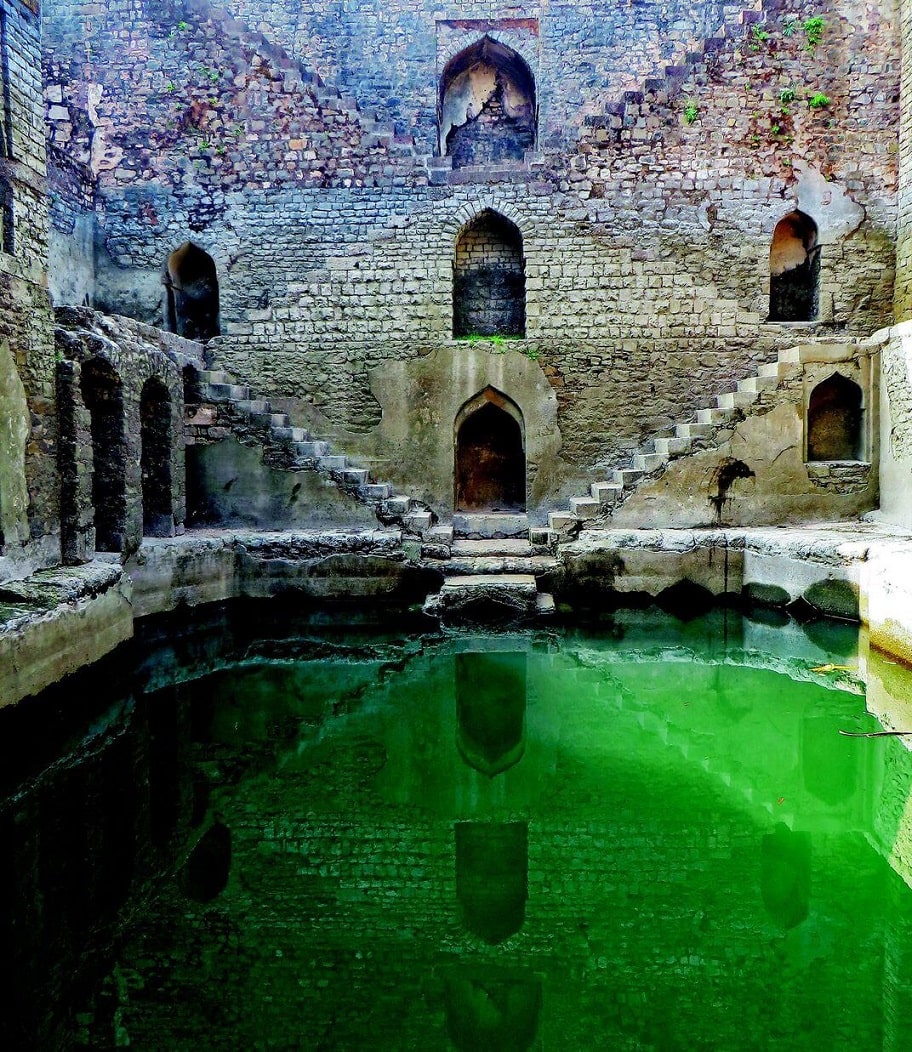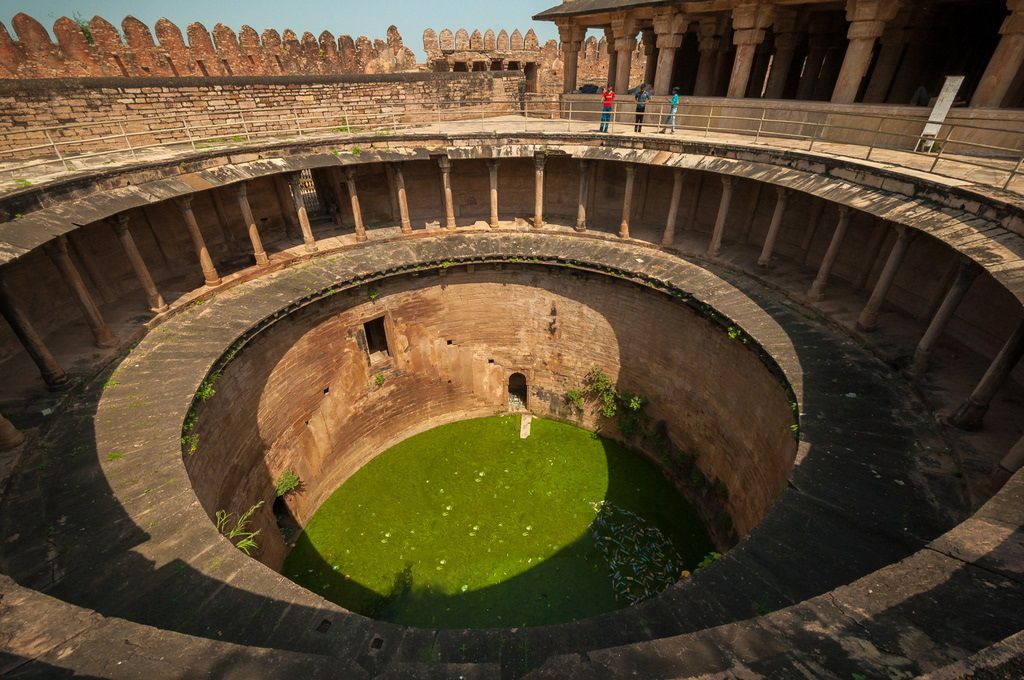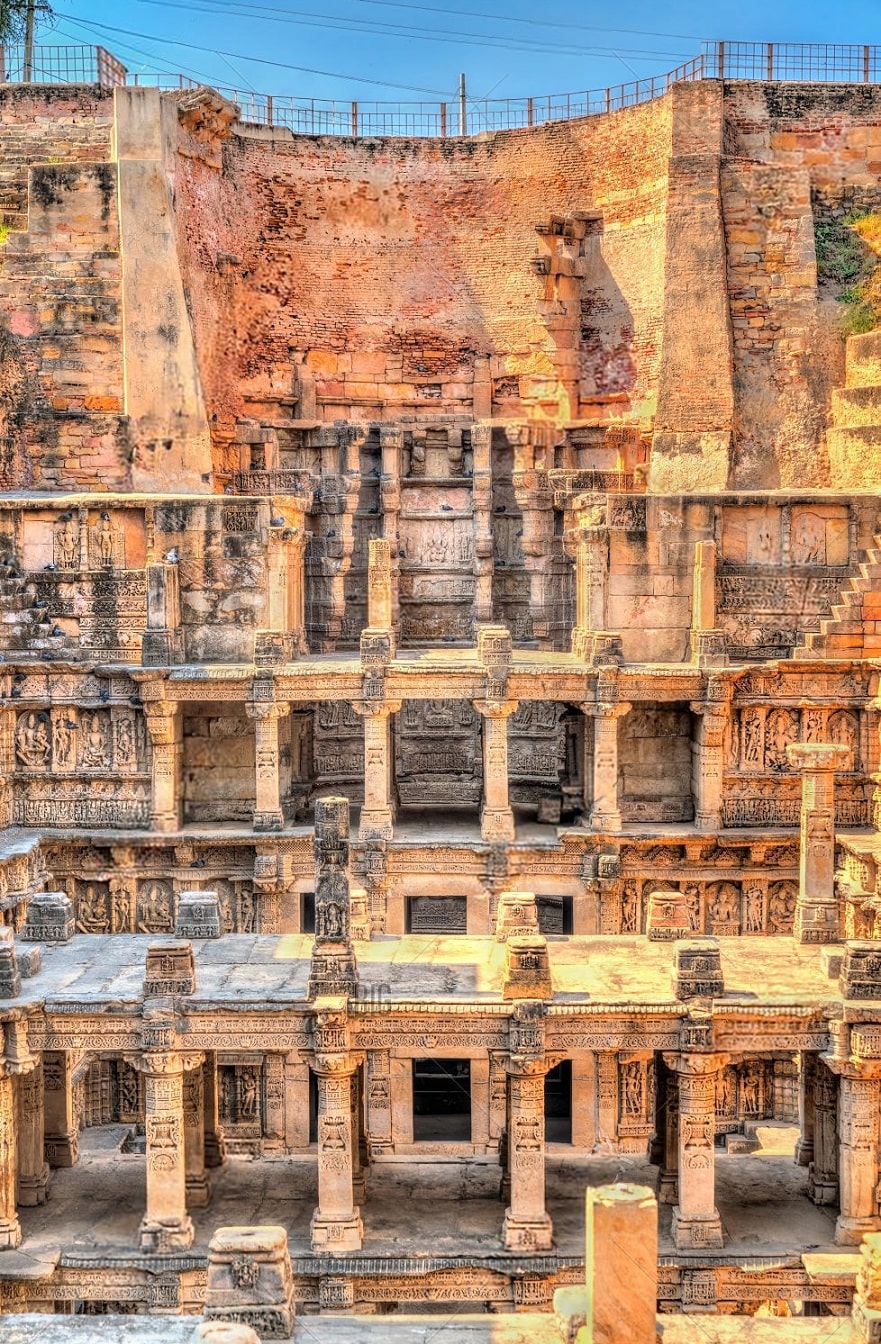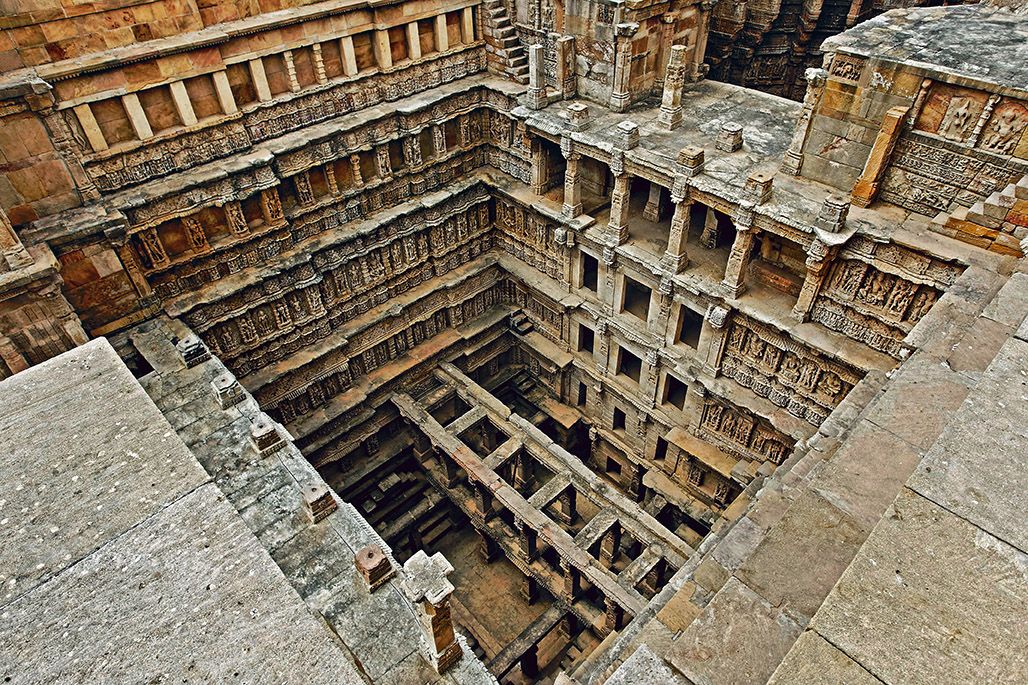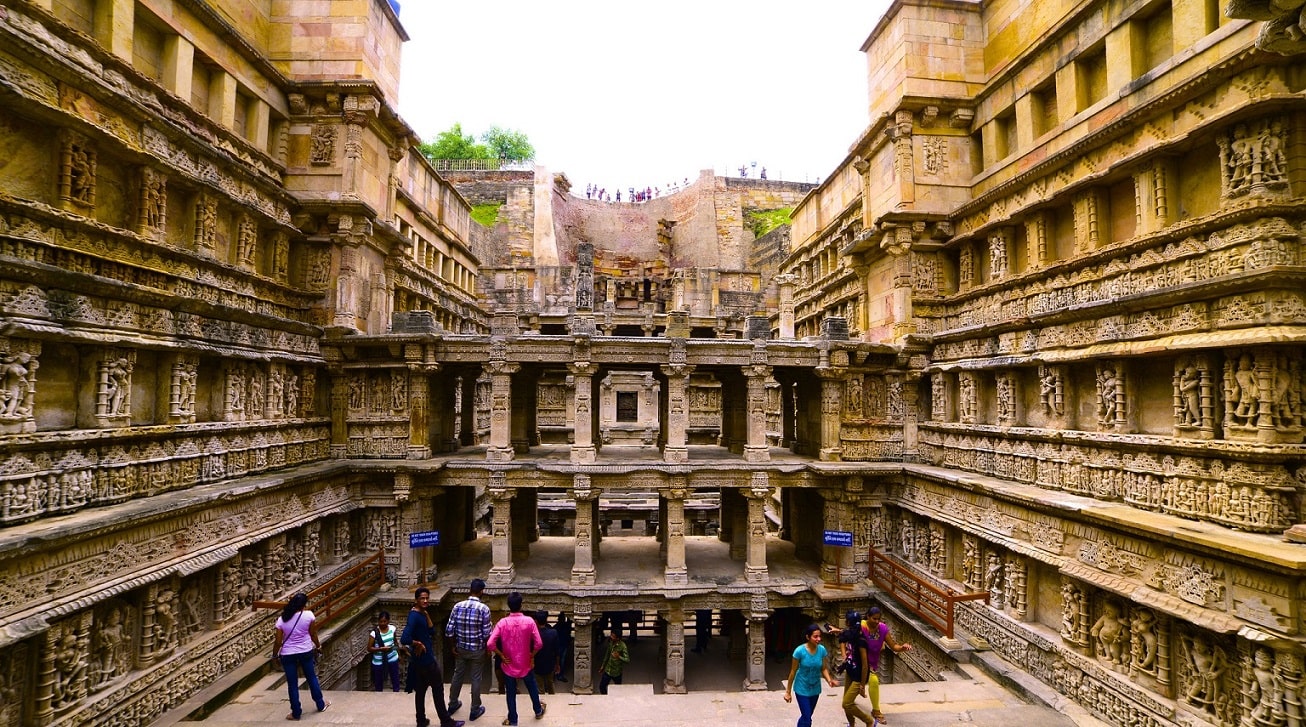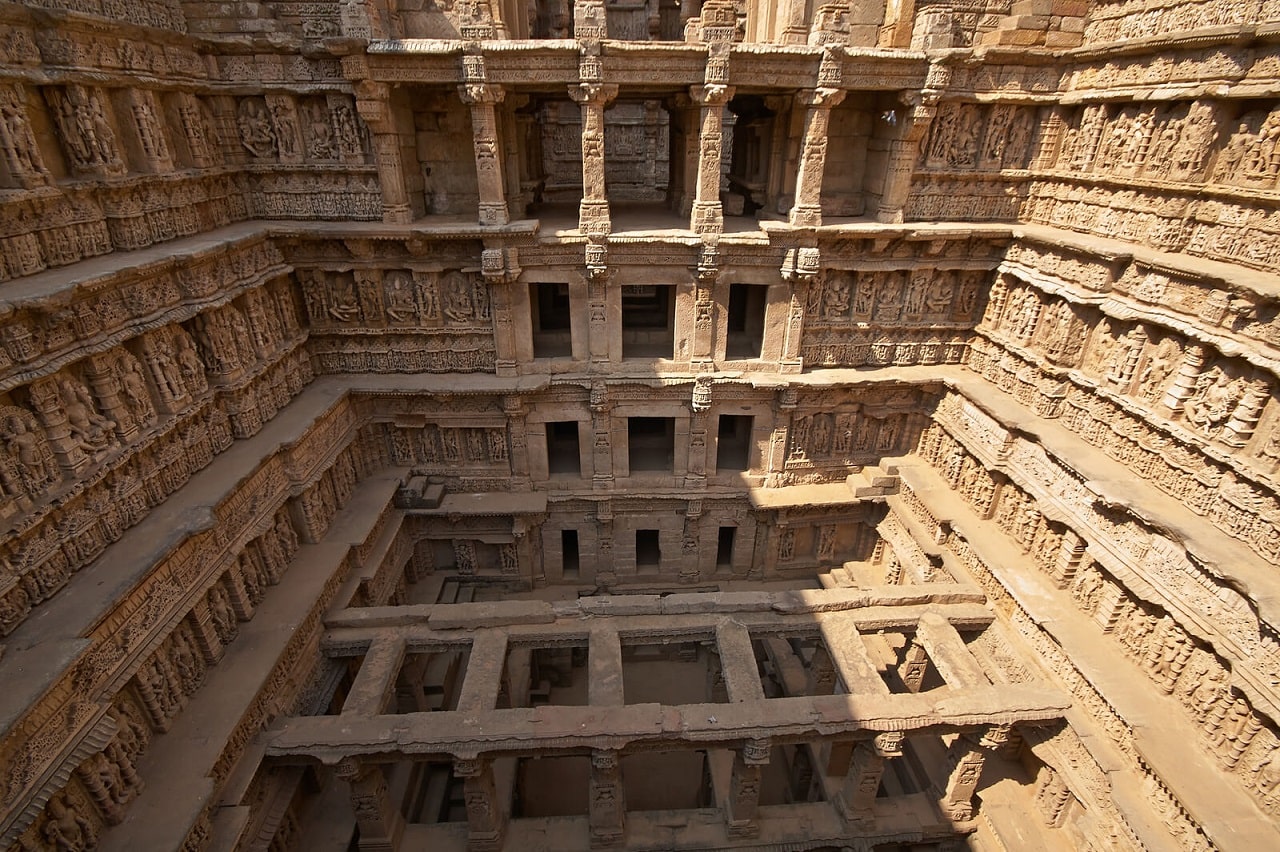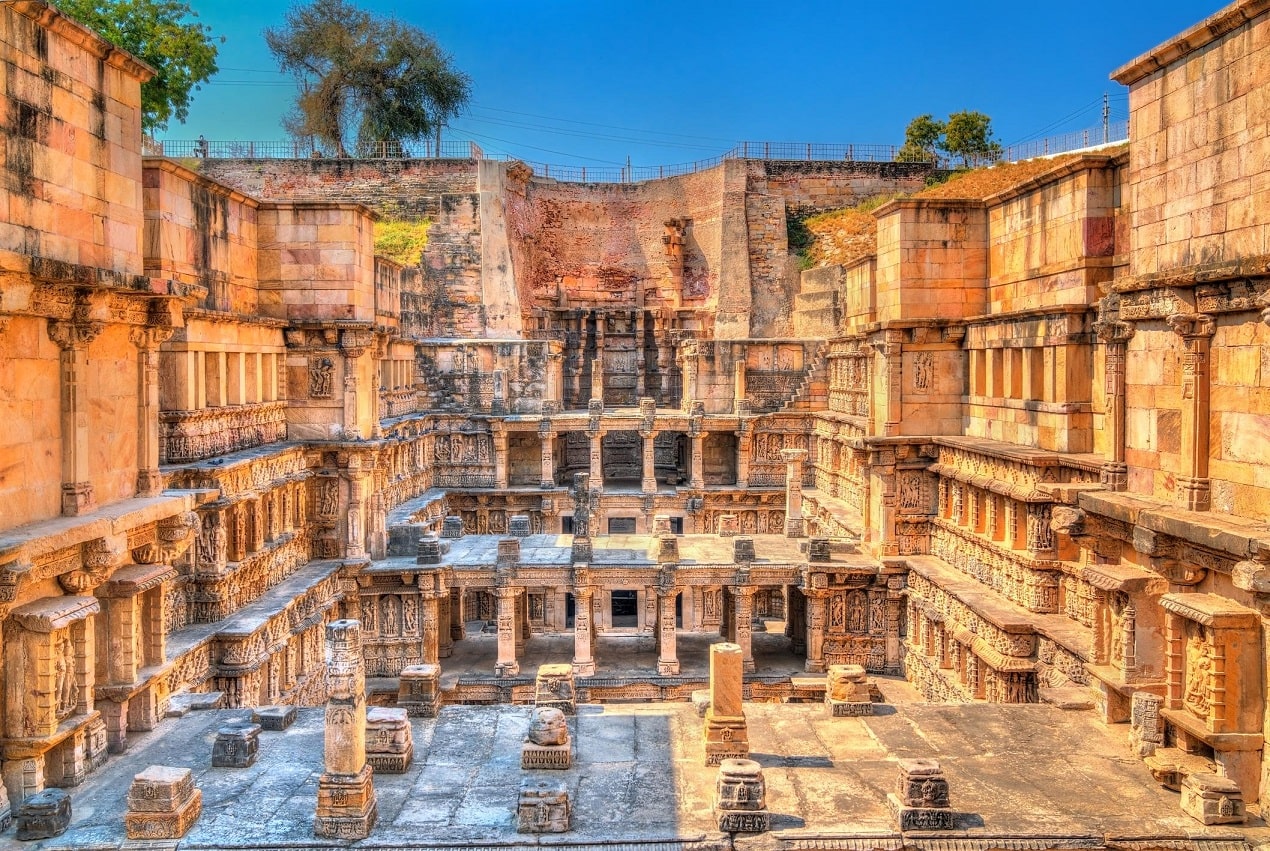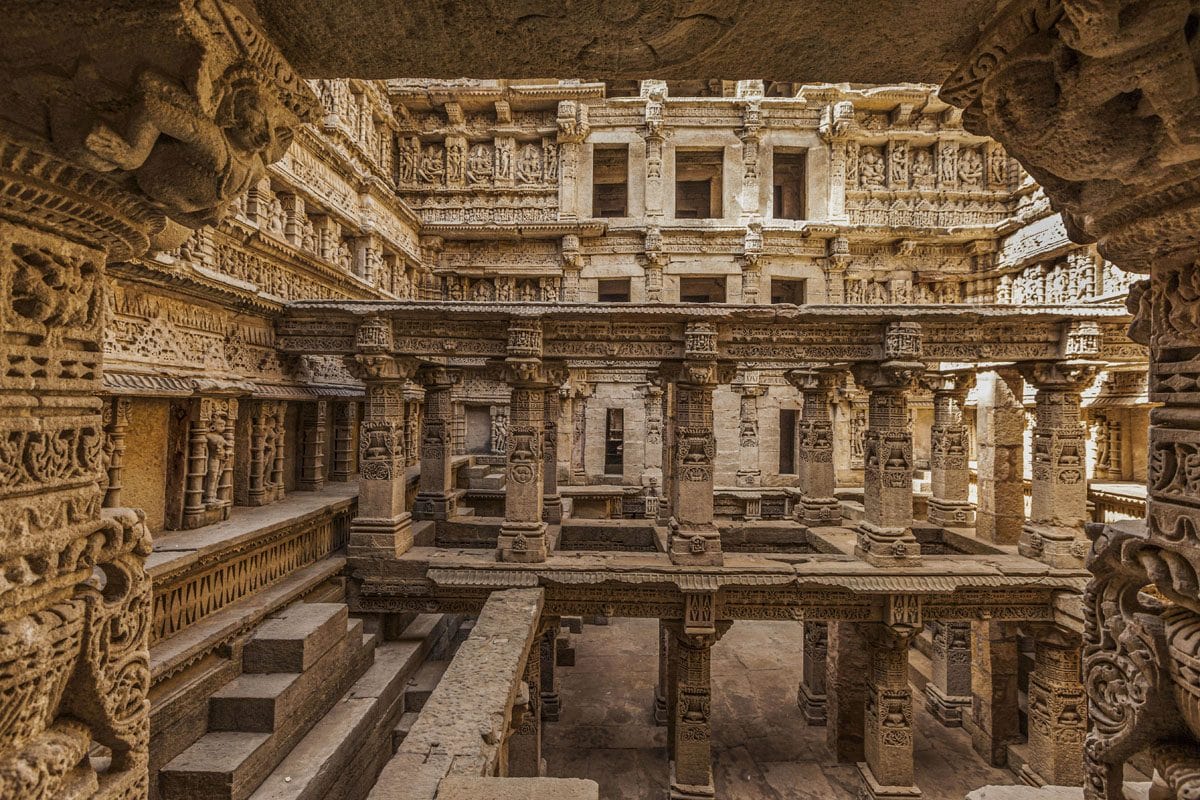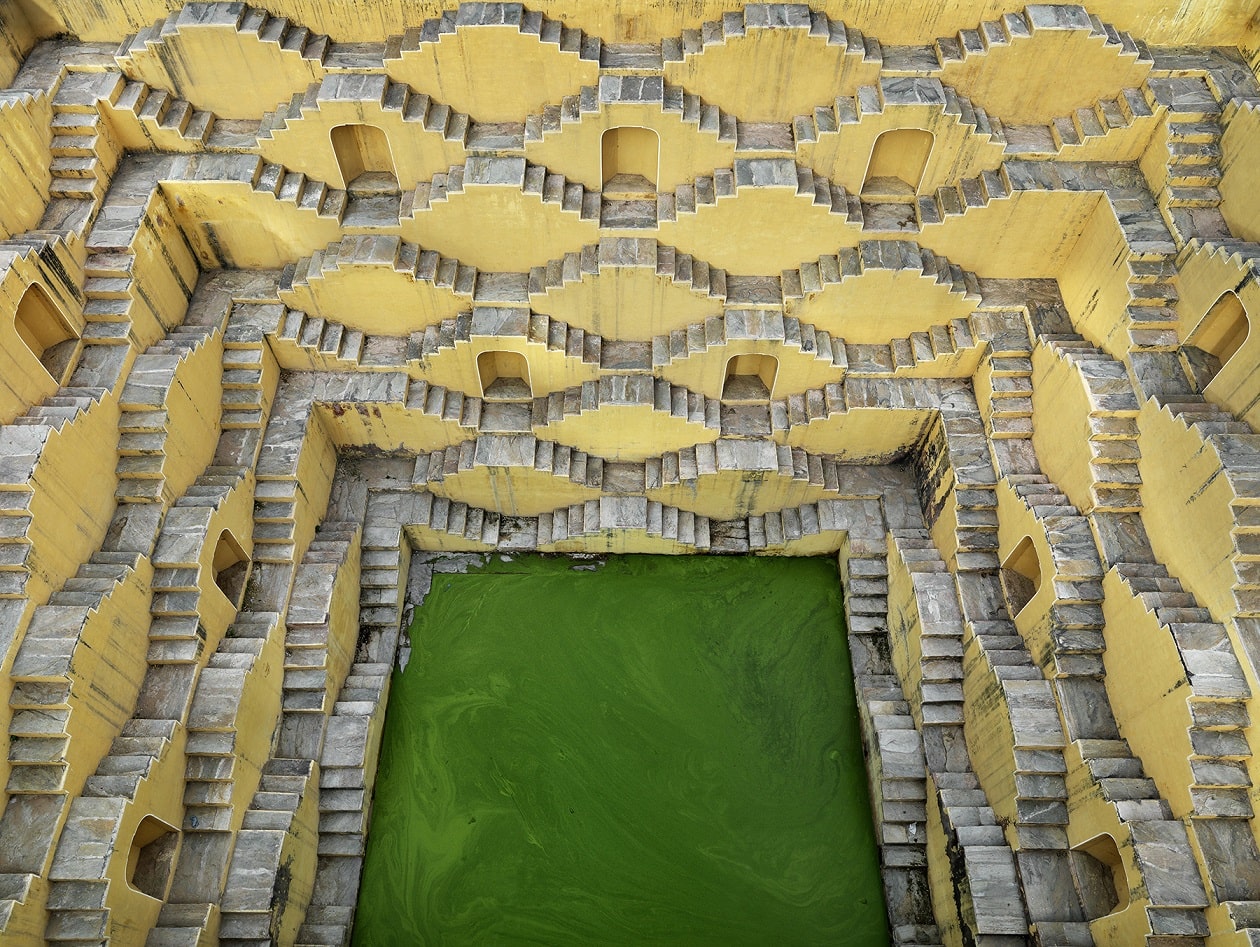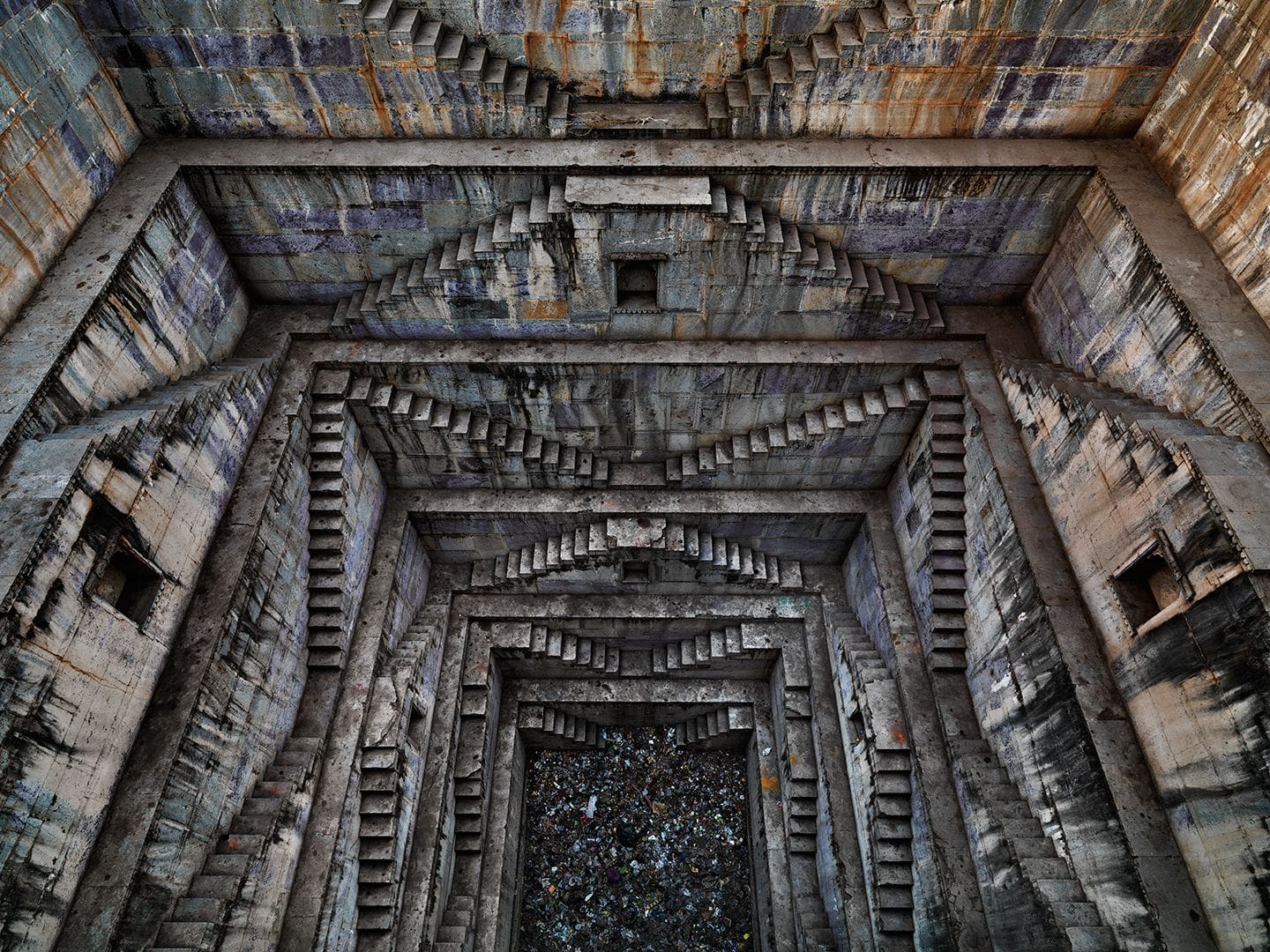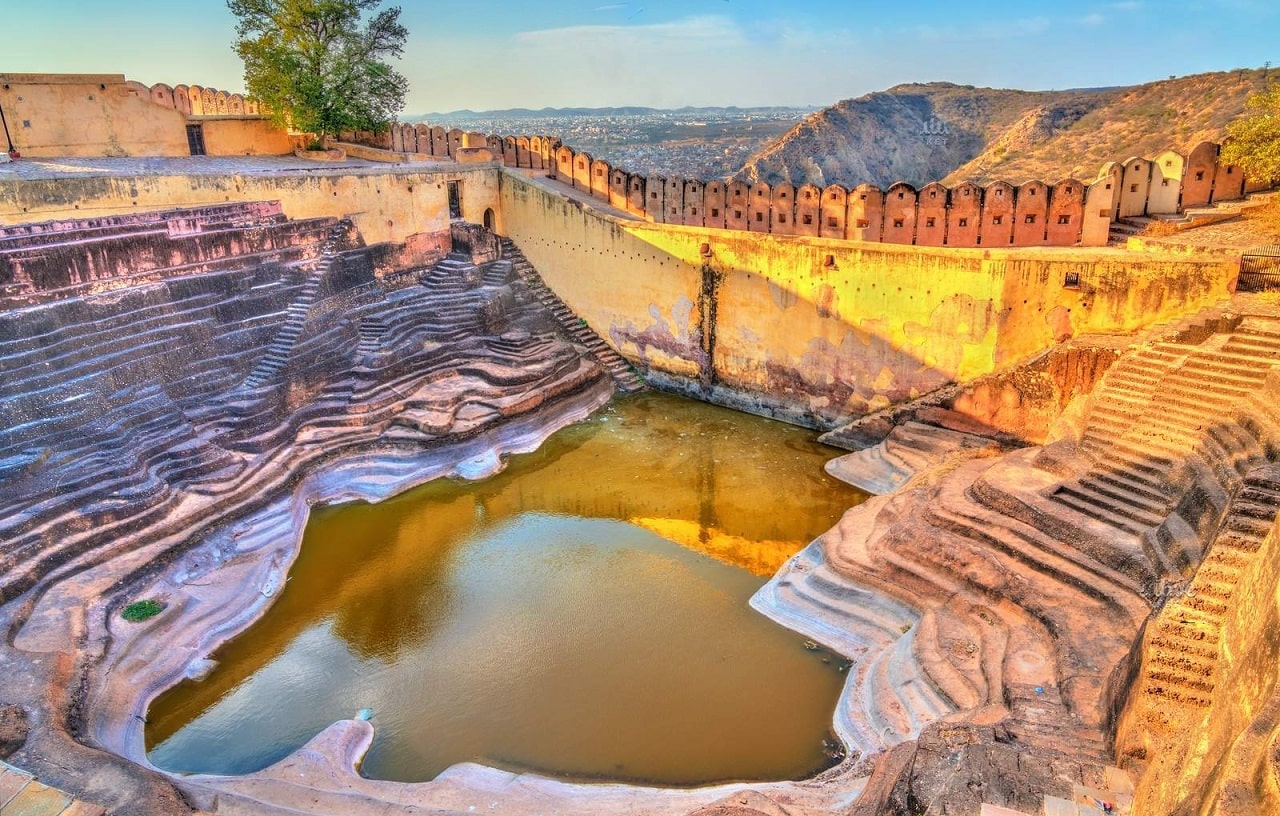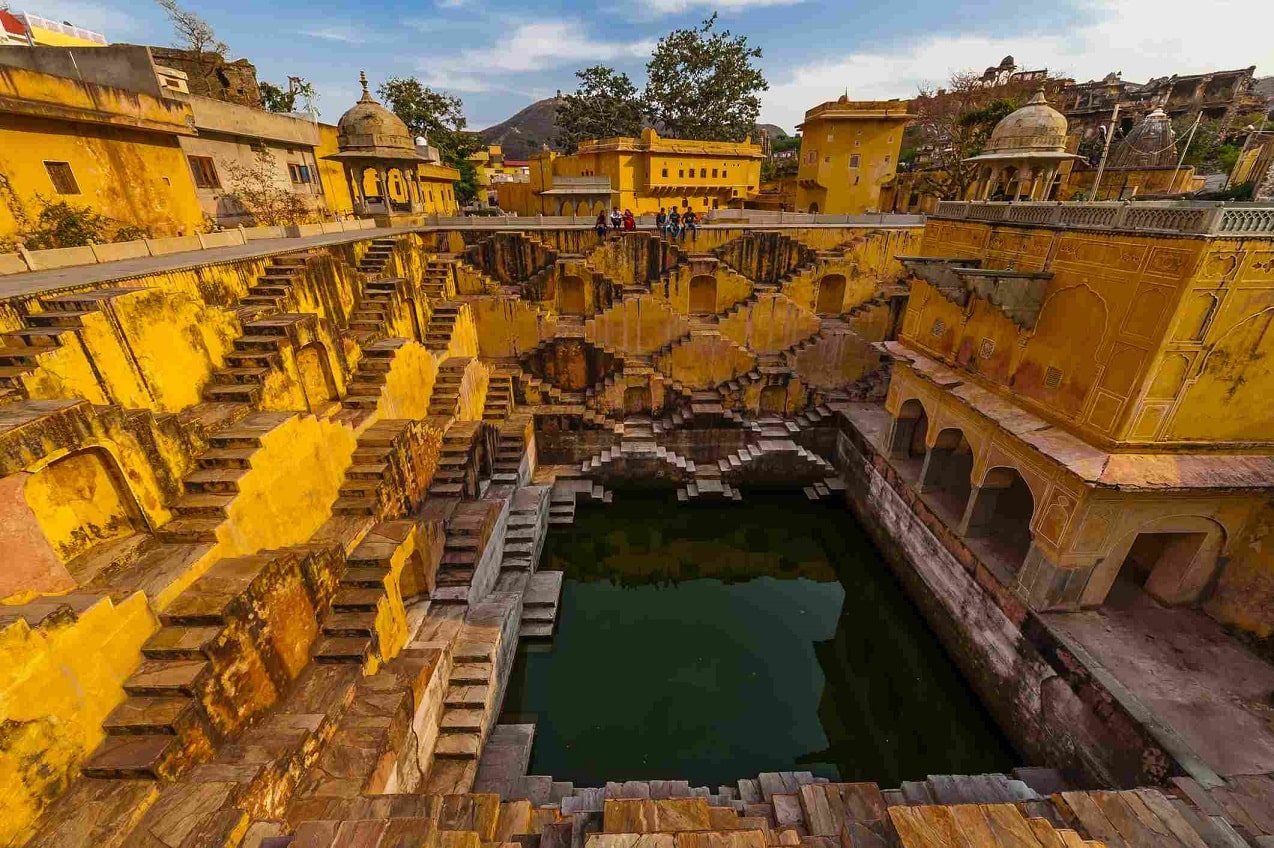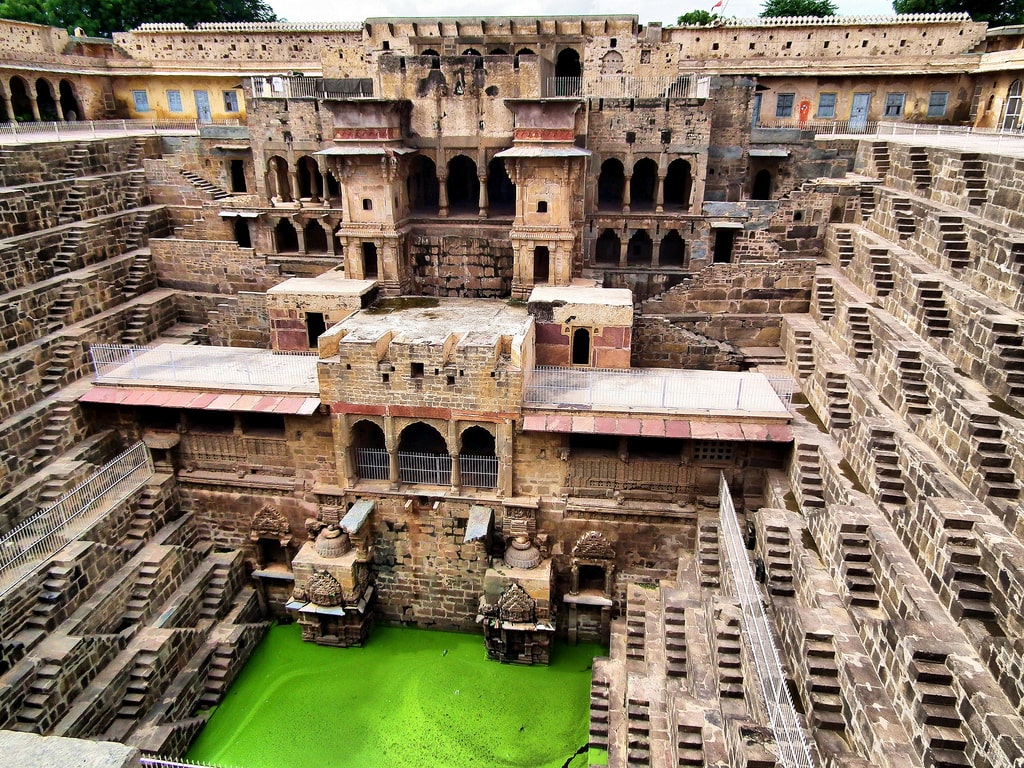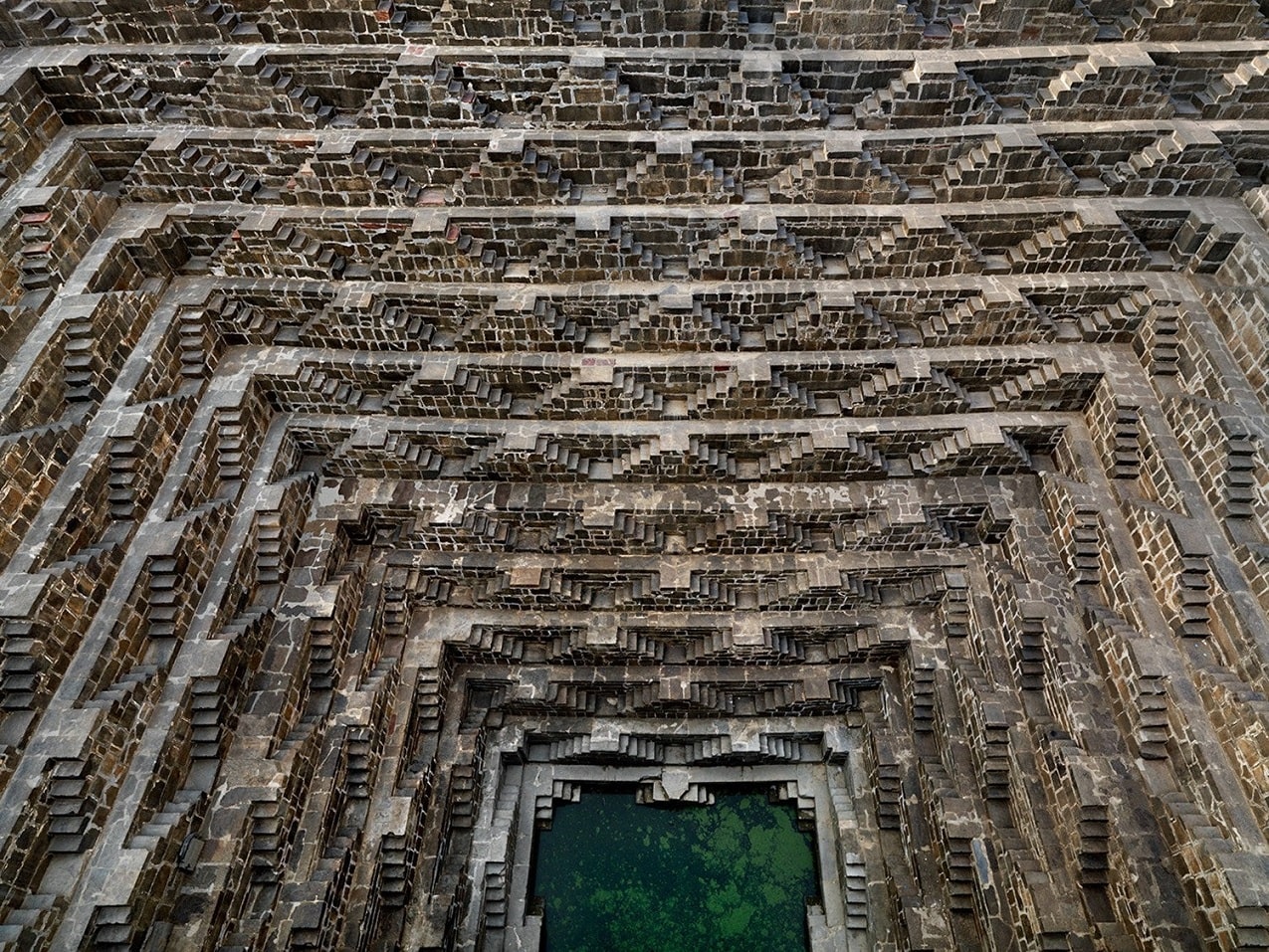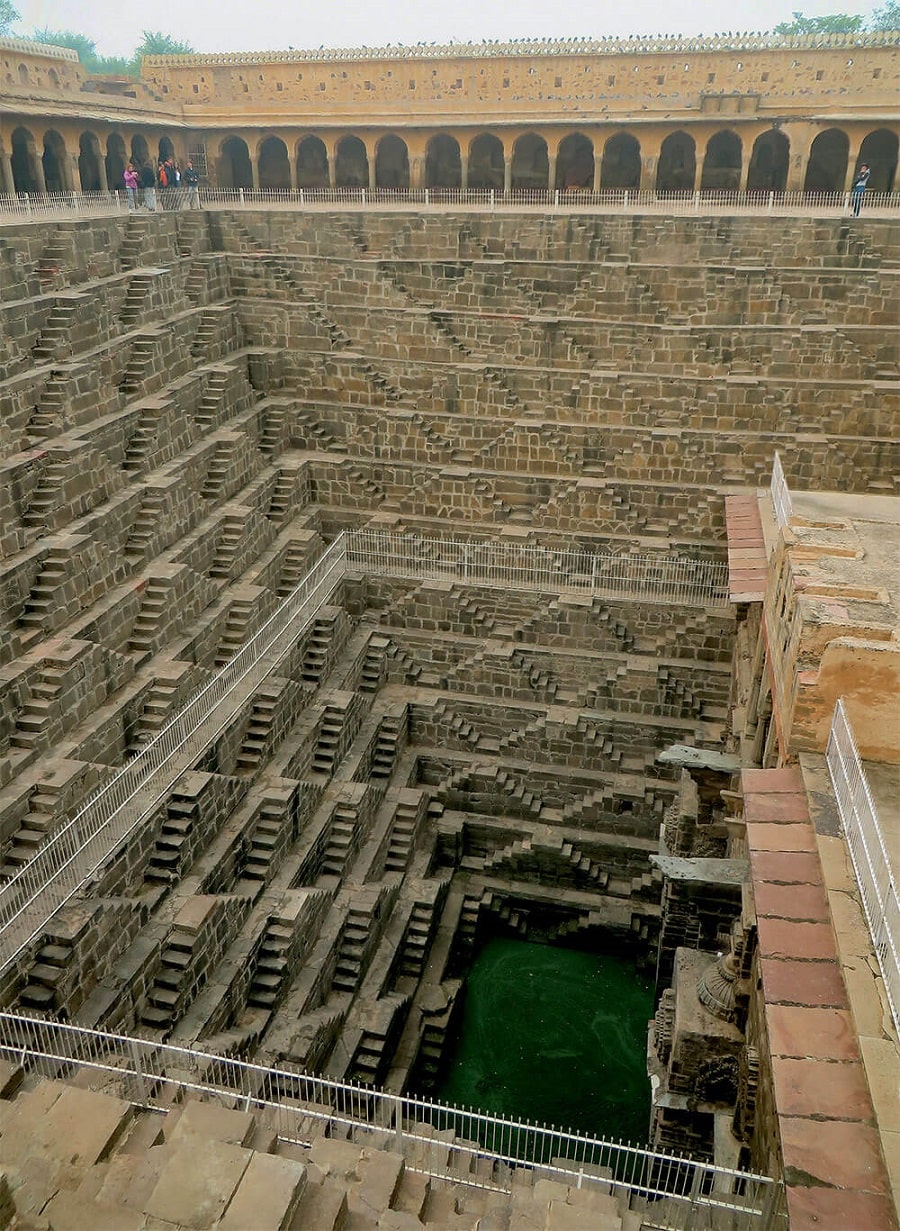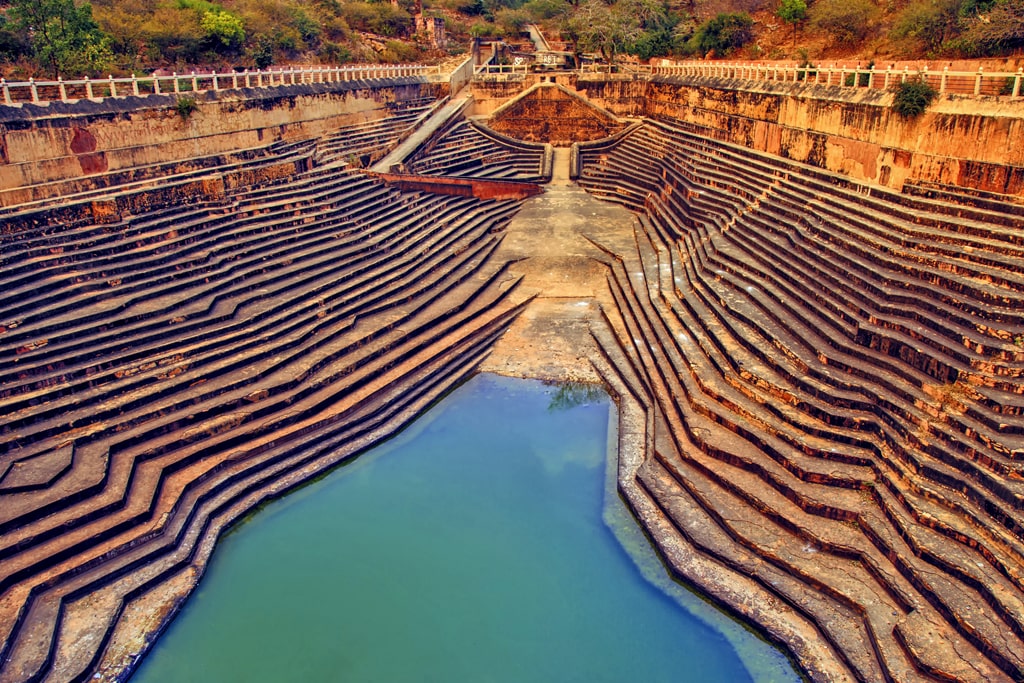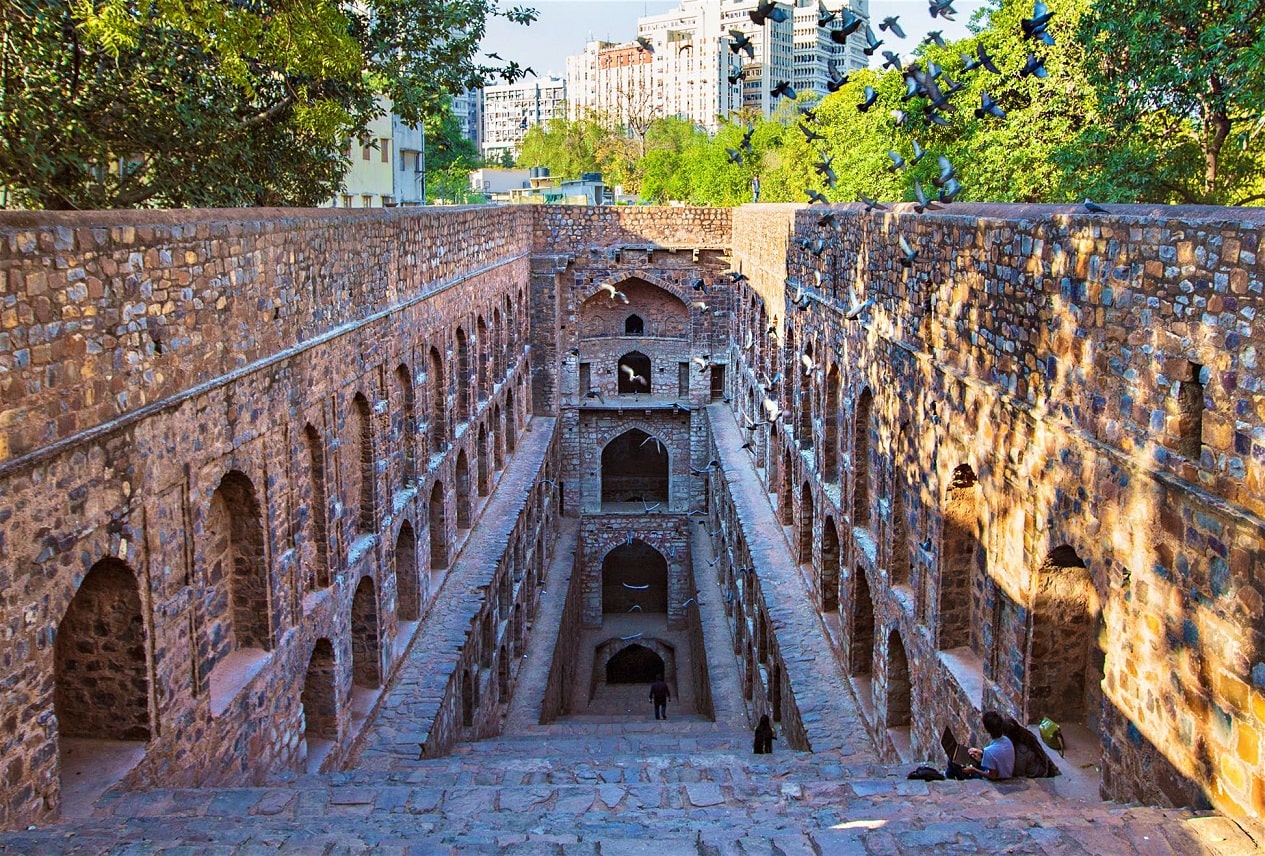Stepwells of India
1 of 30

Stepwell Of Ancient Manikesvara Temple, India, Lakkundi
Stepwell Of Ancient Manikesvara Temple, India, Lakkundi
Rajon Ki Baoli stepwell can be found in Delhi's Mehrauli Archaeological Zone © Ravi Krishnan Gupta / Shutterstock
Rajon ki Baoli, New DelhiIt is easy to miss the vast, ancient stepwells of India even if you are standing directly in front of one. These structures are sunken into the Earth with stairways that spiral or zigzag as far as nine stories down into the cool, dark depths where a pool of water lies. Once an important part of daily life in India, modern wells have replaced them. Walls, vegetation and neighboring buildings have grown up to hide them. The vast majority of Indian stepwells fell into disuse.
People began constructing stepwells in western India in around 650 AD. They were intended primarily as a source of clean water but also served as gathering places, temples and refuges from the heat.


